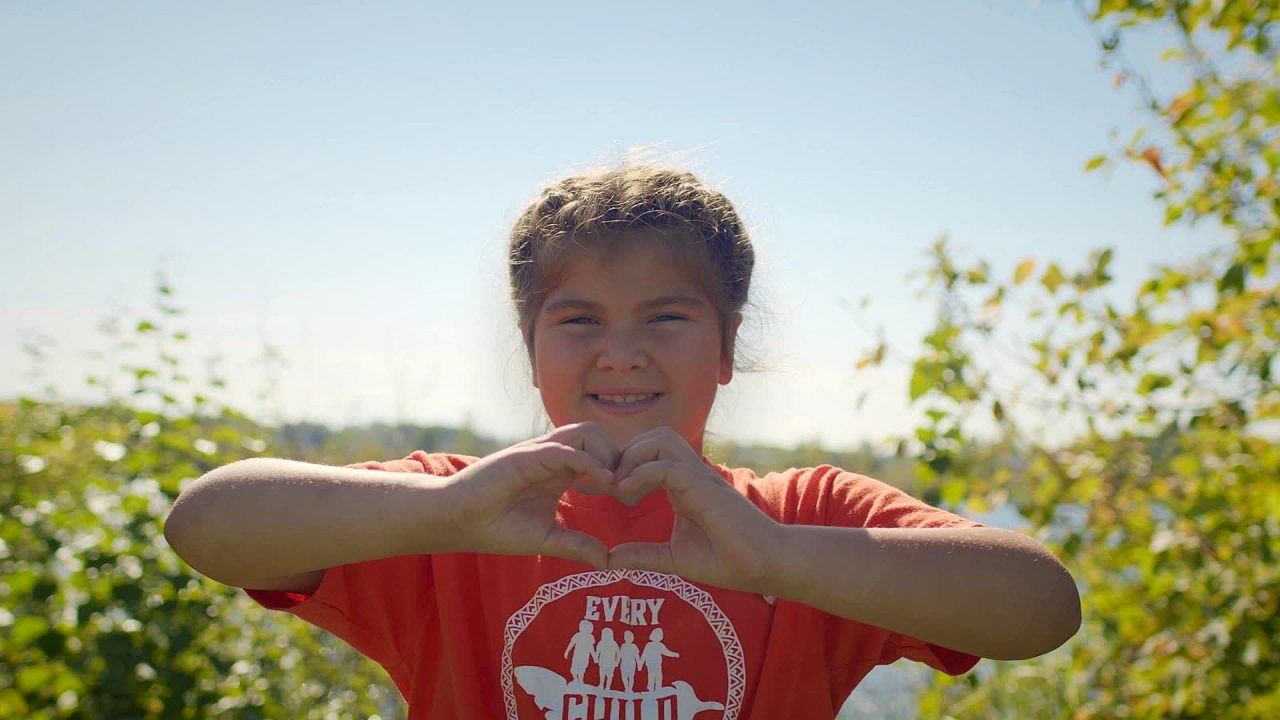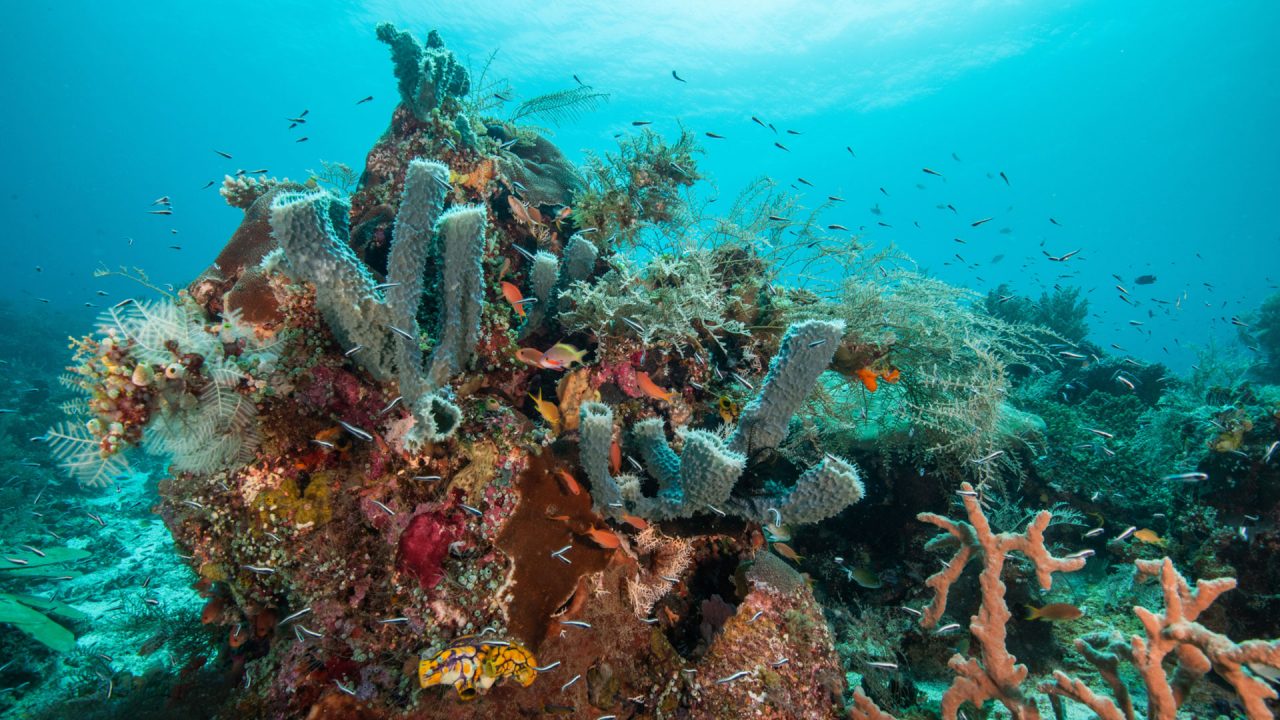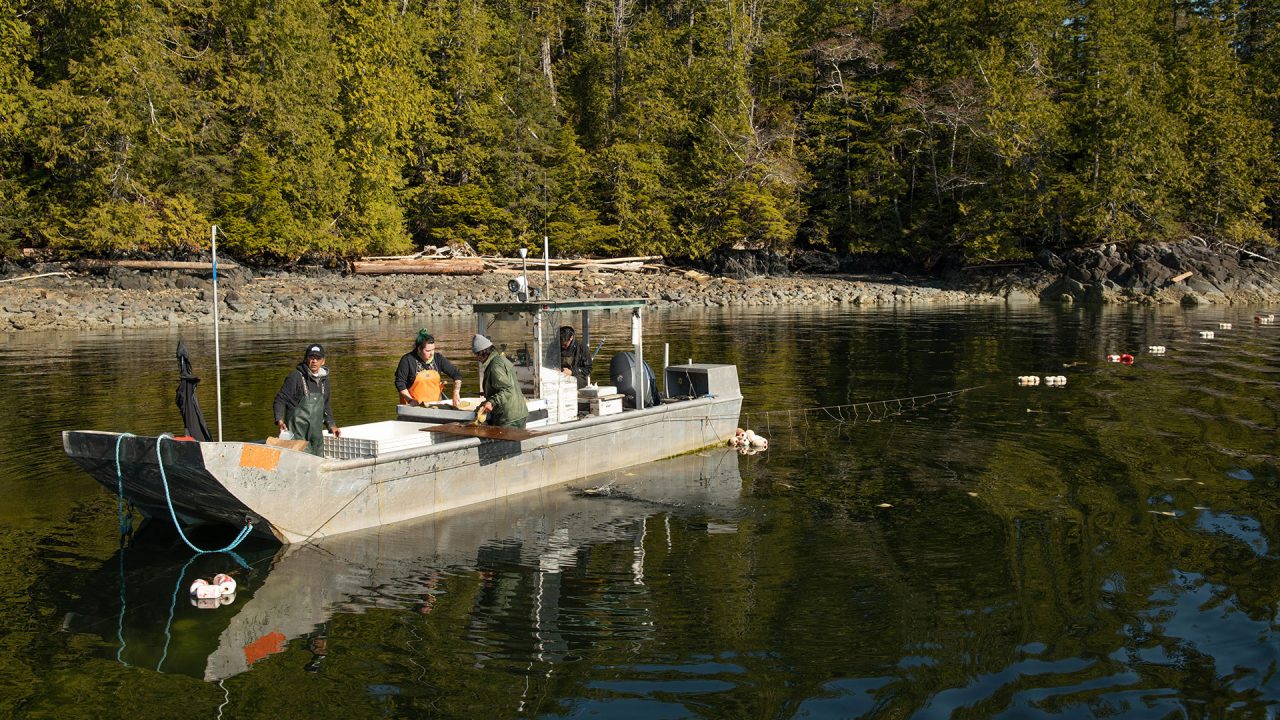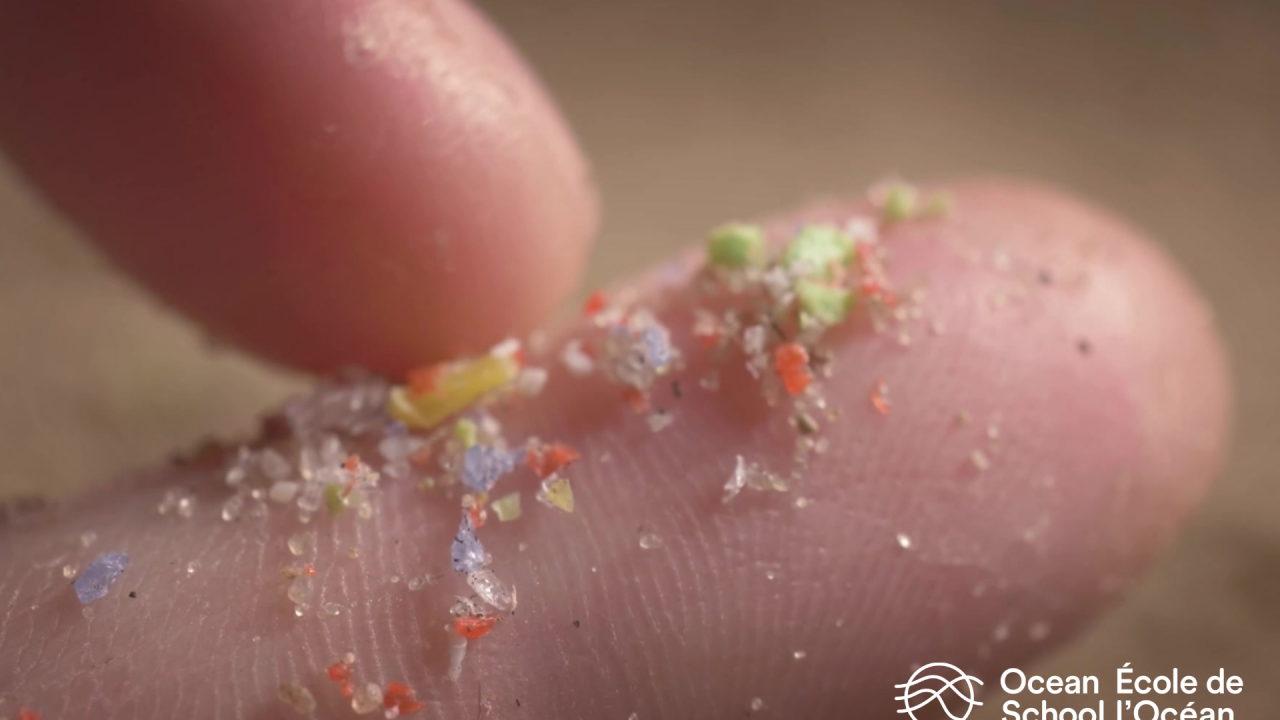
Ocean School in Action: “Micro-mystery”
Ocean School in Action: “Micro-mystery”
At a glance
- Course: Grade 11, Environmental Science
- Topics: Human health and the environment, Microplastics
- Time: 4-part mini-unit
- Key concepts: pollution, data collection, citizen science
- Competencies: critical thinking, culture and ethical citizenship
Using “Micro-mystery” to motivate my students to take action
Over the past few years, I’ve been striving to make my high school Biology and Environmental Science lessons transformative; students have to feel compelled to take action and know that their voices and actions can create change. To motivate the students in that way, they need to use systems thinking to understand the impact human activities have on the environment, and they need to have hope and tools to effect change. This is a challenging prospect. Let’s be honest—some of the curriculum can be incredibly boring. For example, Environmental Science (SVN3M1 in Ontario) has two whole units on waste management and recycling, one called “Scientific Solutions to Contemporary Environmental Challenges” and another called “Human Health and the Environment.” I must admit, I thought that even I would get bored teaching these units. How could I make this engaging for students? Inspired by the Ocean School “Microplastics” activity, I developed a thought-provoking lesson that touched on all three curriculum units and included computer and lab work, as well as calls to action. It turned out to be eye-opening for all of us.
Part 1: Getting started
We started off with an anticipation guide and worksheet (click here for the Teacher Master) and then viewed a video on YouTube about the Great Pacific Garbage Patch as a contemporary environmental problem. As students watched, they answered the questions on the worksheet. We had a discussion afterward and this generated some inquiry questions, including “Do microplastics have an effect on human health and the health of marine life?,” “Does the Great Garbage Patch affect us in our everyday lives?,” and “How did the plastics get there in the first place?” To start answering those questions, the students read an article entitled “Microplastics are everywhere, but are they harmful?” by XiaoZhi Lim for Nature, which helped us to understand the consequences of microplastics in the ocean. Next, we needed to see if microplastics made their way into our food. This is when we dove into the Ocean School resources on microplastics.
Part 2: “Micro-mystery”
Ocean School’s “Micro-mystery” was our first stop. The activity has students dissolving salt in water, then filtering out any undissolved particles. The idea was that we might find some microplastics in there that were from the ocean. We used lab-grade sodium chloride, Himalayan pink salt and sea salt. To make a proper hypothesis, some research was done by the students to understand the process of salt formation and the origins of each type of salt. Then we performed the procedure. Invariably, every single sample of sea salt we used, regardless of brand, had microplastics. This image of one of our dried filter papers shows a lot of filamentous microplastic in a variety of colours:
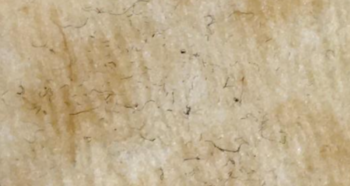
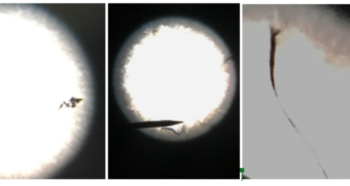
The Himalayan pink salt did have dark dirt particles, but only one noticeable piece of microplastic in all of the samples combined. It allowed us to discuss other possible sources of contamination, including experimental errors.
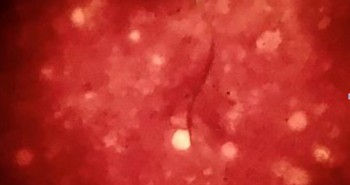
We did find that the lab-grade salt was quite clean as well, which helped us to confirm that the source of the microplastics in the sea salt was due to its origin in the ocean or its processing and handling after the harvest. Honestly, I haven’t used my old table salt since this activity—it hit a little too close to home!
Part 3: “Plastic in my watershed”
The visceral reaction many of us had to seeing the contents of our sea salt motivated my students to look further and investigate how those plastics got there. We used the Ocean School activities to explore this. I found that the “Plastic in my watershed” interactive activity was a great way for my students to understand how water moves across land, and how it may end up pushing contaminants into larger bodies of water, eventually ending up in the ocean. We used “Plastic in my watershed” to shed light on how some of these plastics ended up there in the first place.
Part 4: Taking action
From there, we took some time to learn about the numbers that represent different types of plastics and then further investigate the efficacy of recycling programs, especially the one at our school. The unit ended off by brainstorming the different ways we could take action to prevent microplastics from getting into the oceans and our food, and students each chose an action project to pursue. Ideas for action included a campaign to encourage other students to put the proper plastics into the recycling bin so that our items are properly recycled, writing a letter to government agencies to encourage bans on more plastics, and creating social media campaigns to educate the public about the issue and how they can take action. The next time I do this lesson series, I would like to incorporate building the filter to see if we can find any microplastics in our nearby water sources.
Closing thoughts
As a high school Biology, Health Science and Environmental Science teacher of 20 years, I’m placing more importance on systems thinking and moving students toward action. You may not be teaching Environmental Science, but these lessons could also apply to lessons about the water cycle, waste management, human impacts on the environment, toxicity, ocean ecosystems, or even mixtures and pure substances. The possibilities are endless. I really appreciate the ability to take the different components of the Ocean School resources, all of which are so nicely formatted, clear and easy to use, and deliver them in a way that makes sense to me, in an order that fits with my intention.
List of resources
Want to try out this mini-unit? Here is Kira’s list of resources!
- Anticipation guide and worksheet
- The Great Pacific Garbage Patch video
- “Microplastics are everywhere, but are they harmful?” by XiaoZhi Lim for Nature
- “Micro-mystery”
- “Plastic in my watershed”
- Action: School campaign
- Action: EPIC letter
- Action: Social media campaign
Kira Janisse (she/her/elle/la) is a senior biology, environmental science and health science teacher at Humberside Collegiate Institute in Toronto. Kira is passionate about engaging her students in exploring Indigenous knowledge of the environment and climate change education, and moving them to advocate for the environment by solving real-world problems.
Pour lire cet article en français, cliquez ici.
Discover more Educational blog posts | Watch educational films on NFB Education | Watch educational playlists on NFB Education | Follow NFB Education on Facebook | Follow NFB Education on Pinterest | Subscribe to the NFB Education Newsletter
